Home>Gardening & Outdoor>Landscaping Ideas>How To Care For Zoysia Grass In Georgia
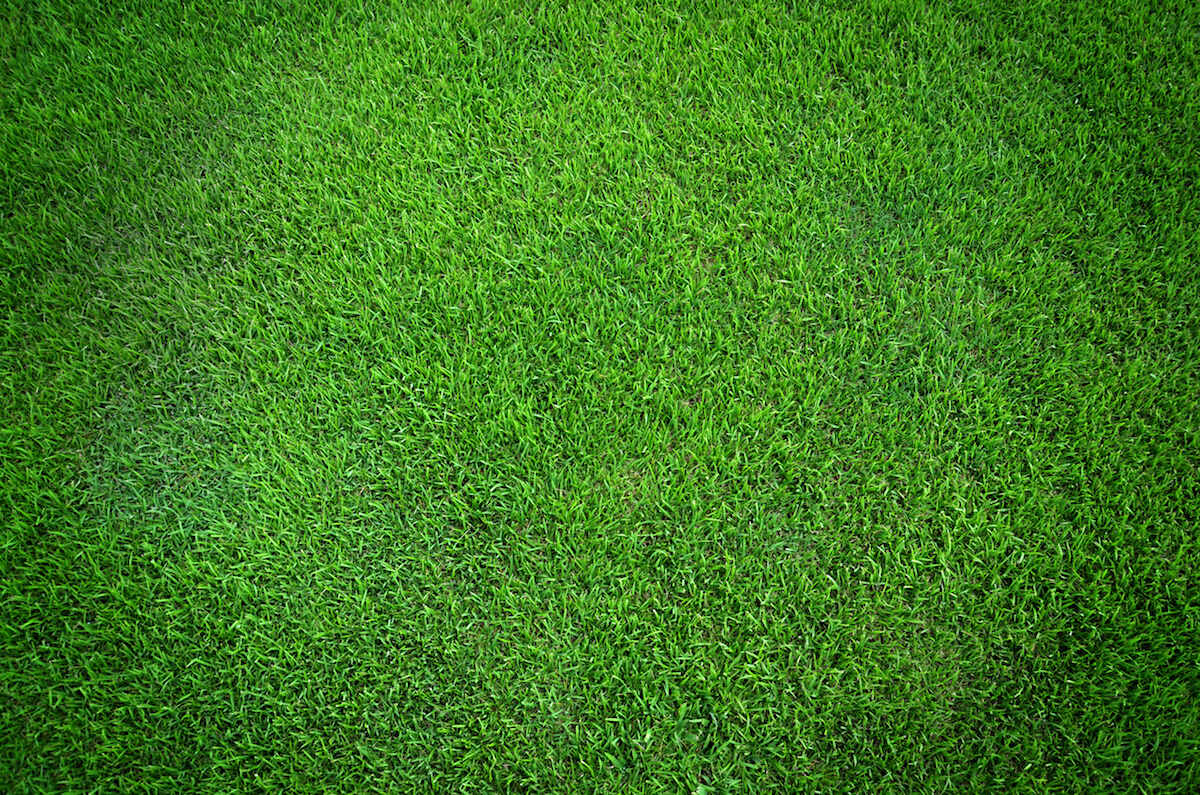

Landscaping Ideas
How To Care For Zoysia Grass In Georgia
Modified: March 29, 2024
Learn expert tips for caring for Zoysia grass in Georgia with our landscaping ideas. Discover the best practices for maintaining a healthy and vibrant lawn.
(Many of the links in this article redirect to a specific reviewed product. Your purchase of these products through affiliate links helps to generate commission for Storables.com, at no extra cost. Learn more)
Introduction
Welcome to the lush world of landscaping in Georgia, where the warm climate and fertile soil create the perfect environment for cultivating beautiful lawns. One of the most popular choices for a vibrant and resilient lawn in Georgia is Zoysia grass. Known for its lush green hue and ability to withstand the heat and humidity of the region, Zoysia grass has become a staple in many Georgia landscapes.
In this comprehensive guide, we will delve into the art of caring for Zoysia grass in Georgia. From understanding the unique characteristics of Zoysia grass to mastering the essential tasks of planting, watering, fertilizing, mowing, and addressing potential issues such as pests and diseases, this article aims to equip you with the knowledge and skills needed to nurture a thriving Zoysia lawn in the Georgia climate.
Whether you are a seasoned homeowner with a passion for landscaping or a novice gardener eager to elevate your outdoor space, this guide will serve as your trusted companion in the journey towards a vibrant and resilient Zoysia grass lawn in the heart of Georgia.
Key Takeaways:
- Zoysia grass thrives in Georgia’s warm climate, offering a lush and resilient lawn. Proper care, including soil preparation, watering, and mowing, ensures a vibrant and low-maintenance landscape that enhances outdoor spaces.
- By understanding Zoysia grass’s unique traits and implementing tailored care practices, homeowners in Georgia can nurture a visually captivating lawn. Proactive measures against pests and diseases and thoughtful winter care contribute to long-term vitality and beauty.
Read more: When To Plant Zoysia Grass Plugs
Understanding Zoysia Grass
Zoysia grass, scientifically known as Zoysia japonica, is a warm-season grass celebrated for its dense, lush growth and remarkable tolerance to heat and drought. This resilient grass variety thrives in the southern regions of the United States, including Georgia, where the climate offers ample warmth and sunlight for its optimal growth.
One of the defining characteristics of Zoysia grass is its ability to form a dense, uniform turf, creating a visually appealing and inviting landscape. Its fine texture and vibrant green color make it a sought-after choice for lawns, golf courses, and other recreational areas in Georgia.
When properly cared for, Zoysia grass exhibits impressive resilience to foot traffic and can effectively choke out weeds, contributing to a low-maintenance and visually pleasing lawn. Its adaptability to a range of soil types and its moderate tolerance to salt make it a versatile option for various landscaping needs in Georgia.
As a warm-season grass, Zoysia enters dormancy during the cooler months, showcasing a golden brown hue that adds unique charm to the winter landscape. Its ability to bounce back vigorously during the warmer seasons further underscores its appeal as a top choice for Georgia lawns.
Understanding the growth habits, seasonal characteristics, and unique traits of Zoysia grass is essential for cultivating a thriving lawn that enhances the beauty of your outdoor space. With this foundational knowledge in mind, we can now explore the specific steps and best practices for planting and nurturing Zoysia grass in the Georgia climate.
Planting Zoysia Grass in Georgia
When it comes to establishing a stunning Zoysia grass lawn in Georgia, the planting process serves as a crucial foundation for success. Whether you are starting from scratch or overseeding an existing lawn, the following steps will guide you through the process of planting Zoysia grass with confidence and expertise.
Soil Preparation: Before planting Zoysia grass, it is essential to prepare the soil to create an optimal environment for growth. Conduct a soil test to assess its pH level and nutrient composition. Zoysia grass thrives in slightly acidic to neutral soil with a pH range of 6.0 to 7.0. Amend the soil as needed to achieve the ideal pH level and ensure proper drainage to prevent waterlogging.
Choosing the Right Time: Timing is key when planting Zoysia grass in Georgia. The ideal time for planting is during the late spring or early summer when the soil has warmed up, promoting rapid germination and establishment. This timeframe aligns with the active growth period of warm-season grasses, allowing the young Zoysia plants to take root and flourish.
Seeding or Sodding: Zoysia grass can be established from seed or sod, providing flexibility to suit different preferences and project timelines. Seeding is a cost-effective option for larger areas, while sodding offers the advantage of instant coverage and a mature lawn appearance. Whichever method you choose, ensure proper soil contact for the seeds or sod to promote successful establishment.
Watering and Patience: After planting Zoysia grass, consistent watering is essential to support germination and early growth. Keep the soil consistently moist but not waterlogged during this crucial phase. Exercise patience as the Zoysia grass takes root and gradually establishes itself, laying the groundwork for a resilient and vibrant lawn in the Georgia climate.
By following these steps and best practices, you can lay the groundwork for a flourishing Zoysia grass lawn that will enrich your outdoor space with its lush greenery and resilience in the face of Georgia’s warm and sunny climate.
Watering and Fertilizing
Proper watering and fertilizing are essential components of nurturing a thriving Zoysia grass lawn in Georgia. By understanding the specific needs of this resilient grass variety and implementing best practices for watering and fertilizing, you can promote lush growth and vibrant greenery while ensuring the long-term health of your lawn.
Watering: Zoysia grass exhibits moderate drought tolerance once established, making it crucial to water deeply but infrequently to encourage deep root growth. During the active growing season, provide approximately 1 inch of water per week, either through rainfall or irrigation. Deep, infrequent watering sessions promote a robust root system, enhancing the grass’s resilience to heat and drought stress in the Georgia climate.
It is important to monitor the soil moisture levels and adjust the watering schedule based on environmental conditions and the grass’s specific needs. During periods of drought or high temperatures, supplemental watering may be necessary to sustain the health and vitality of the Zoysia lawn.
Fertilizing: Fertilization plays a pivotal role in supporting the lush growth and vibrant coloration of Zoysia grass. In Georgia, it is recommended to fertilize Zoysia grass in late spring, once the grass has emerged from dormancy and is actively growing. Utilize a balanced, slow-release fertilizer specifically formulated for use on warm-season grasses, following the manufacturer’s guidelines for application rates and timing.
Applying fertilizer in accordance with the grass’s growth patterns ensures that the nutrients are readily available to support vigorous growth and a rich green hue. Avoid over-fertilization, as this can lead to excessive top growth and potential environmental impact. By providing the appropriate nutrients at the right time, you can bolster the overall health and visual appeal of your Zoysia grass lawn in Georgia.
By implementing a tailored approach to watering and fertilizing, you can nurture a resilient and visually captivating Zoysia grass lawn that thrives in the warm and sunny climate of Georgia. These foundational practices contribute to the long-term vitality and beauty of your outdoor landscape, creating an inviting and picturesque setting for relaxation and recreation.
Water your Zoysia grass deeply but infrequently, allowing the soil to dry out between watering to encourage deep root growth. Mow regularly at a height of 1-2 inches to promote a healthy, dense lawn.
Mowing and Trimming
Proper mowing and trimming techniques are instrumental in maintaining the health, aesthetics, and resilience of a Zoysia grass lawn in Georgia. By adhering to the recommended mowing practices and implementing precise trimming when necessary, you can foster a well-manicured and visually appealing lawn while promoting the grass’s overall vigor and density.
Mowing Height and Frequency: When mowing Zoysia grass in Georgia, it is essential to adhere to the recommended mowing height to support its optimal growth and resilience. Set the mower blades to a height of approximately 1 to 2 inches for common Zoysia cultivars, ensuring that no more than one-third of the grass blade is removed during each mowing session. This promotes a dense turf and encourages the development of a robust root system, enhancing the grass’s ability to withstand environmental stressors.
Additionally, adhere to a regular mowing schedule, especially during the active growing season, to maintain the desired height and prevent the grass from becoming excessively tall. Aim to mow Zoysia grass every 7 to 10 days, adjusting the frequency based on the grass’s growth rate and seasonal variations in Georgia’s climate.
Trimming and Edging: Alongside regular mowing, precise trimming and edging contribute to the polished appearance of a Zoysia grass lawn. Pay attention to the edges of the lawn, using a string trimmer or lawn edger to create clean and defined borders. This meticulous approach enhances the overall aesthetic appeal of the lawn while preventing encroachment of grass into flower beds, walkways, and other landscaped areas.
Furthermore, trimming can be employed to address any uneven growth or straggly patches within the lawn, promoting a uniform and well-groomed appearance. By incorporating precise trimming into your lawn maintenance routine, you can elevate the visual impact of your Zoysia grass lawn in Georgia, creating a welcoming and picturesque outdoor space.
By embracing the art of mowing, trimming, and edging, you can cultivate a resilient and visually captivating Zoysia grass lawn that thrives in the warm and sunny climate of Georgia. These meticulous practices contribute to the overall health, aesthetics, and charm of your outdoor landscape, fostering an inviting setting for leisure and relaxation.
Read more: How To Spread Zoysia Grass
Dealing with Pests and Diseases
While Zoysia grass is renowned for its resilience, it is not impervious to potential pest infestations and diseases that can impact its health and appearance. By familiarizing yourself with common pests and diseases that may affect Zoysia grass in Georgia, you can implement proactive measures to safeguard your lawn and address any issues promptly, ensuring the continued vitality and beauty of your outdoor landscape.
Common Pests: In Georgia, Zoysia grass may encounter pests such as chinch bugs, armyworms, and white grubs, which can cause damage to the grass through feeding activities. Regular monitoring of the lawn for signs of pest activity, such as irregular patches of discolored or wilting grass, can aid in early detection and intervention. Utilize targeted insecticides as needed, following the recommended application guidelines to mitigate pest populations and protect the health of the Zoysia grass.
Disease Management: Zoysia grass can be susceptible to certain fungal diseases, particularly in humid and warm environments. Brown patch, dollar spot, and large patch are among the common fungal issues that may affect Zoysia grass in Georgia. To minimize the risk of fungal diseases, avoid overwatering the lawn, promote good air circulation, and refrain from mowing when the grass is wet. Fungicidal treatments may be employed if disease symptoms are observed, with a focus on preventive measures to maintain the grass’s resilience against fungal pathogens.
Cultural Practices: Implementing sound cultural practices can contribute to the overall health and resilience of Zoysia grass, reducing its susceptibility to pests and diseases. These practices include maintaining proper soil pH, promoting balanced fertilization, and ensuring adequate air circulation through regular mowing and trimming. Additionally, addressing thatch buildup and compacted soil can enhance the grass’s vigor and minimize conditions conducive to pest infestations and disease development.
By remaining vigilant and proactive in identifying and addressing potential pest and disease issues, you can uphold the vitality and visual appeal of your Zoysia grass lawn in Georgia. These strategic measures contribute to a resilient and thriving lawn, allowing you to relish the beauty of your outdoor space with confidence and peace of mind.
Winter Care
As the colder months approach in Georgia, it is essential to prepare and safeguard your Zoysia grass lawn against the seasonal challenges that winter brings. By implementing targeted winter care practices, you can nurture the resilience of your Zoysia grass and lay the groundwork for a vibrant and healthy lawn when the warmer seasons return.
Dormancy and Coloration: During the winter, Zoysia grass enters a period of dormancy, exhibiting a characteristic shift in color from its vibrant green hue to a golden brown or straw-like appearance. This natural response to cooler temperatures is a part of the grass’s adaptive strategy to conserve energy and withstand the winter conditions. Embracing the seasonal coloration of dormant Zoysia grass adds a unique charm to the winter landscape, enhancing the visual interest of your outdoor space.
Reduced Maintenance: With the onset of dormancy, the maintenance requirements for Zoysia grass are notably reduced. Mowing frequency can be scaled back, and irrigation needs are minimal during this period. It is important to refrain from fertilizing the grass in late fall, as this can stimulate new growth that may be vulnerable to frost damage. Instead, focus on clearing the lawn of debris and maintaining a tidy appearance to support the grass’s health during dormancy.
Protecting Against Foot Traffic: While Zoysia grass is known for its resilience, it is beneficial to minimize foot traffic on the dormant lawn to prevent compaction and potential damage to the grass crowns. Encourage family members and visitors to utilize designated pathways and avoid walking on the dormant grass, preserving its integrity and setting the stage for a robust resurgence in the spring.
Preventing Winter Weeds: Winter can provide an opportunity for cool-season weeds to emerge in the lawn. Keep an eye out for invasive species such as annual bluegrass and chickweed, and employ targeted weed control measures as needed to prevent them from encroaching on the dormant Zoysia grass. A proactive approach to weed management contributes to the overall health and aesthetics of the lawn as it transitions through the winter months.
By embracing the unique characteristics of dormancy and implementing strategic winter care practices, you can nurture the resilience of your Zoysia grass lawn in Georgia, setting the stage for a vibrant and thriving landscape when the springtime warmth returns. These thoughtful measures contribute to the long-term health and beauty of your outdoor space, fostering an inviting setting for enjoyment and relaxation throughout the changing seasons.
Conclusion
Caring for Zoysia grass in Georgia is a rewarding journey that yields a lush, resilient lawn capable of enhancing the beauty and charm of your outdoor space. By understanding the unique traits of Zoysia grass and implementing tailored care practices, you can cultivate a vibrant and visually captivating landscape that thrives in the warm and sunny climate of Georgia.
From the initial stages of soil preparation and planting to the ongoing tasks of watering, fertilizing, mowing, and addressing potential pests and diseases, each aspect of Zoysia grass care contributes to the overall health and aesthetics of the lawn. Embracing the seasonal nuances, including the dormancy period during winter, allows you to adapt your care routine to meet the grass’s evolving needs while preserving its resilience and vitality.
As you embark on the journey of caring for Zoysia grass, remember that attention to detail and a proactive approach can yield remarkable results. Whether you are establishing a new lawn or nurturing an existing one, the art of tending to Zoysia grass involves a harmonious blend of science, artistry, and environmental stewardship.
Ultimately, the lush green expanse of a thriving Zoysia grass lawn serves as a testament to your dedication and care, creating an inviting and picturesque setting for leisure, recreation, and cherished moments with loved ones. The beauty of a well-maintained Zoysia grass lawn extends beyond visual appeal, enriching your outdoor environment with its resilience and natural allure.
As you continue to cultivate and nurture your Zoysia grass lawn in Georgia, may each season bring new opportunities to celebrate the vibrancy and enduring beauty of this remarkable grass variety. Through mindful care and a deep appreciation for the art of landscaping, your Zoysia grass lawn stands as a testament to the harmonious relationship between nature’s splendor and the stewardship of a dedicated caretaker.
Frequently Asked Questions about How To Care For Zoysia Grass In Georgia
Was this page helpful?
At Storables.com, we guarantee accurate and reliable information. Our content, validated by Expert Board Contributors, is crafted following stringent Editorial Policies. We're committed to providing you with well-researched, expert-backed insights for all your informational needs.
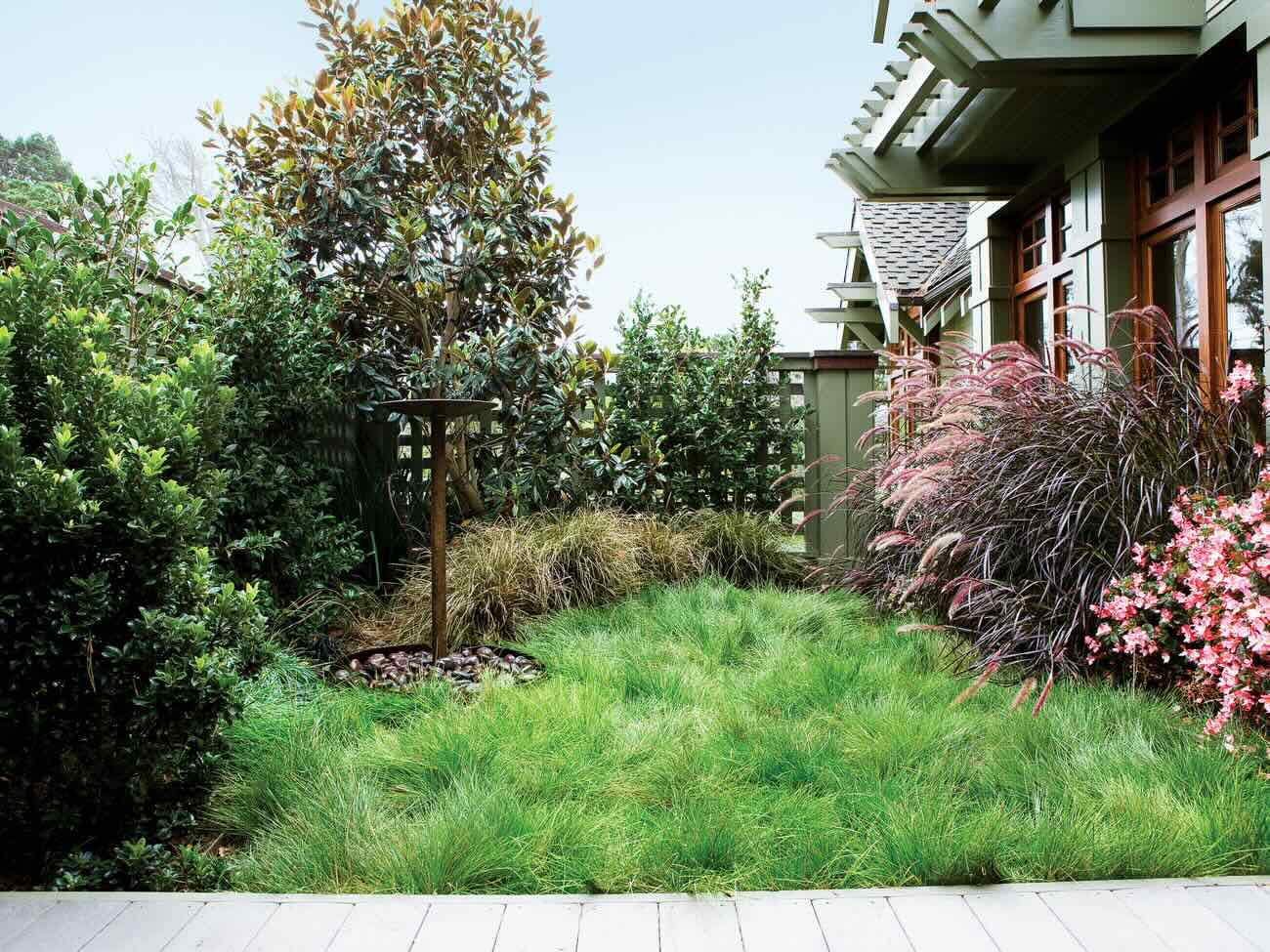
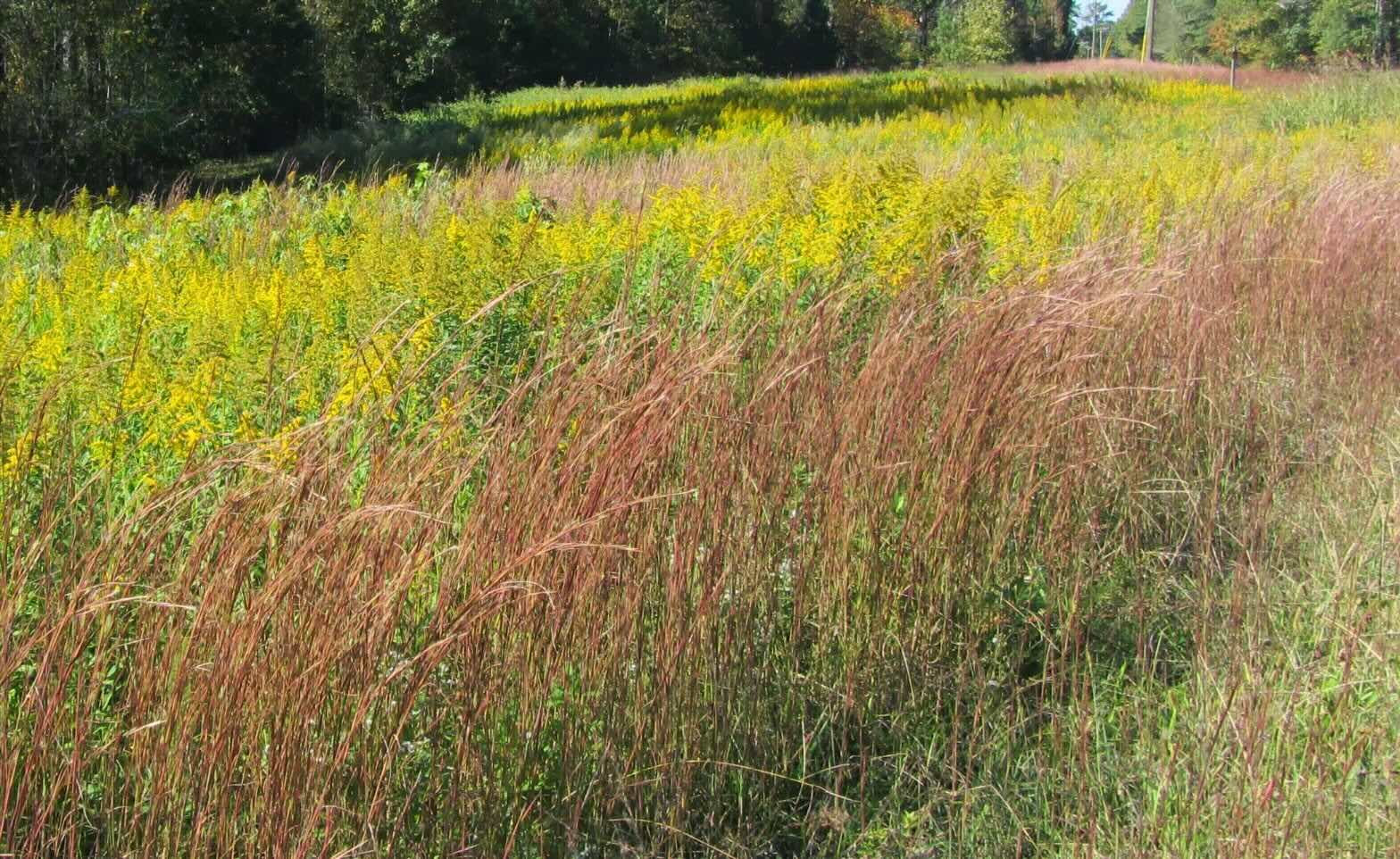
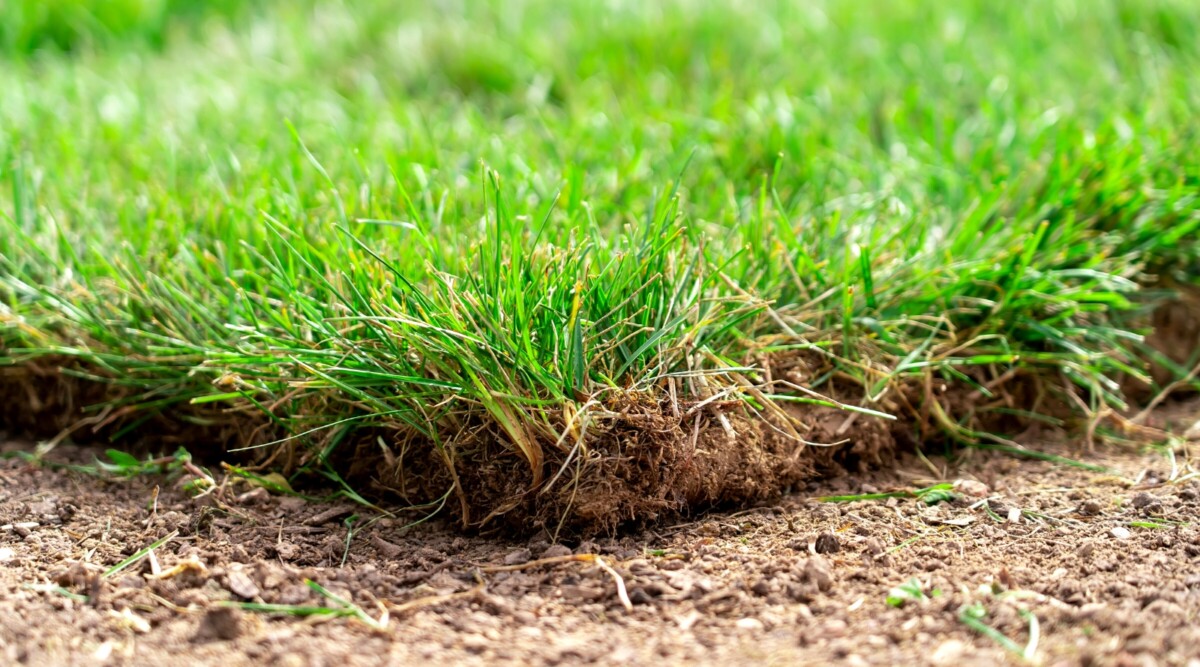
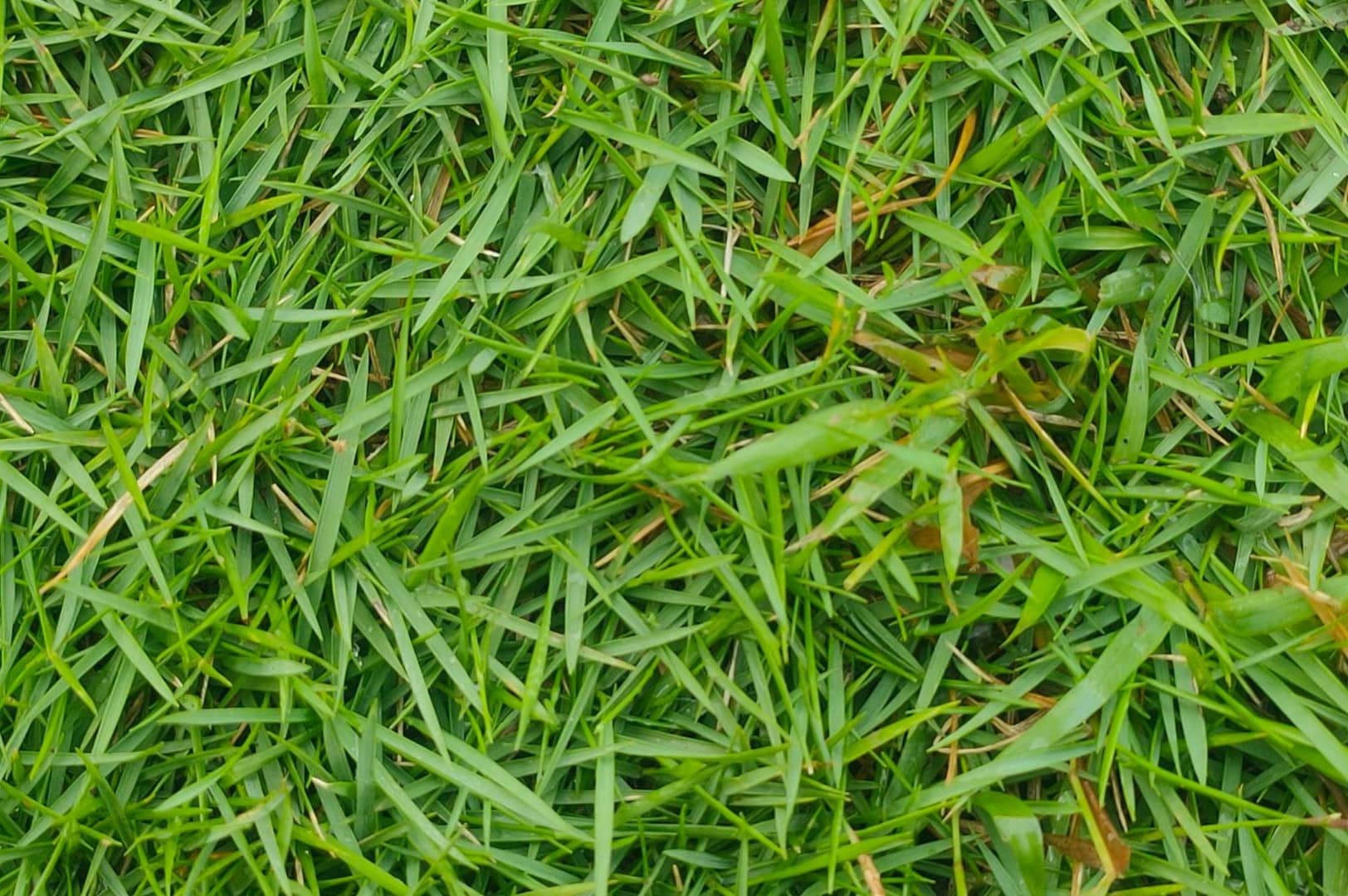
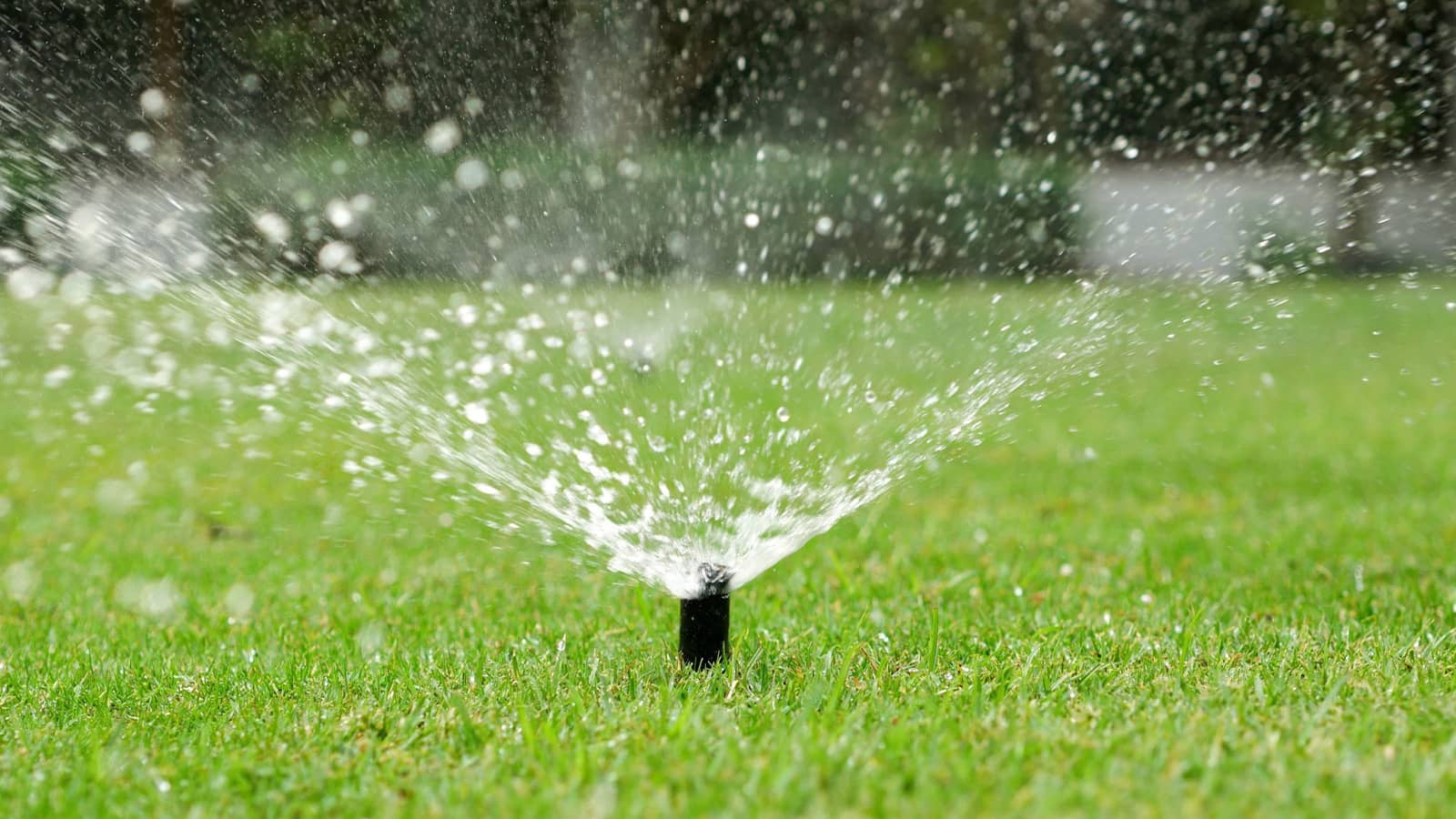
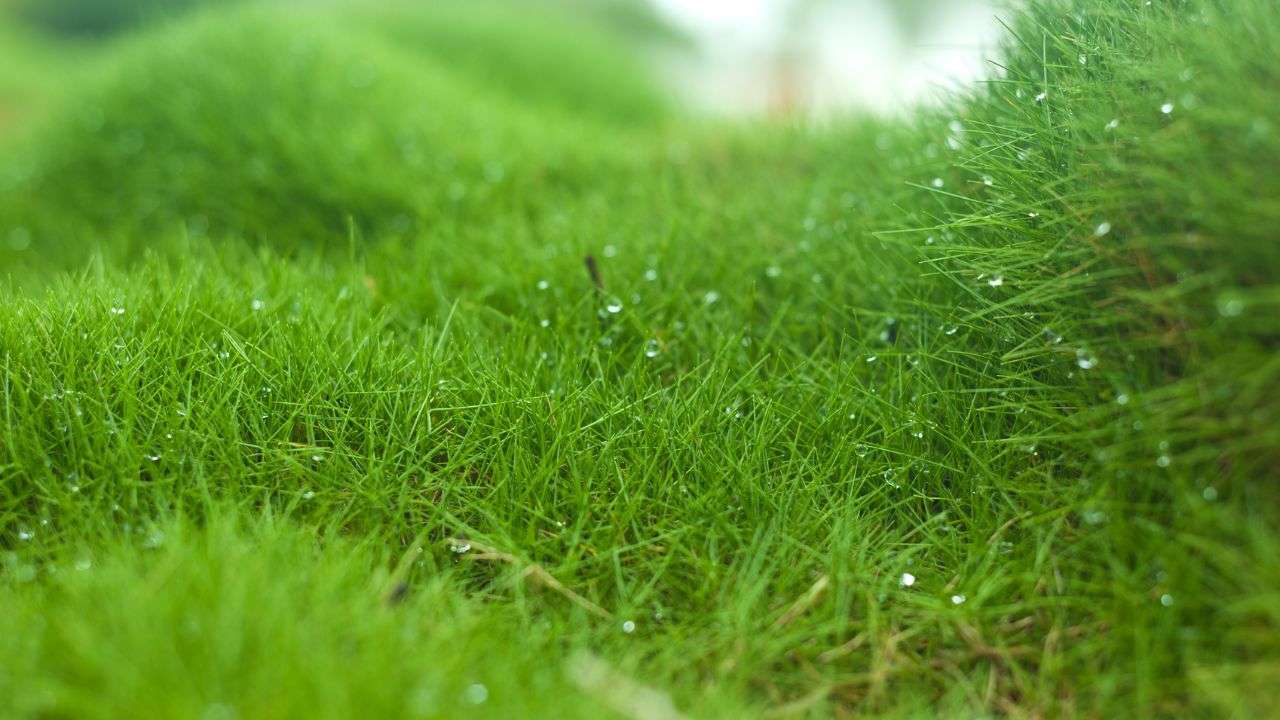
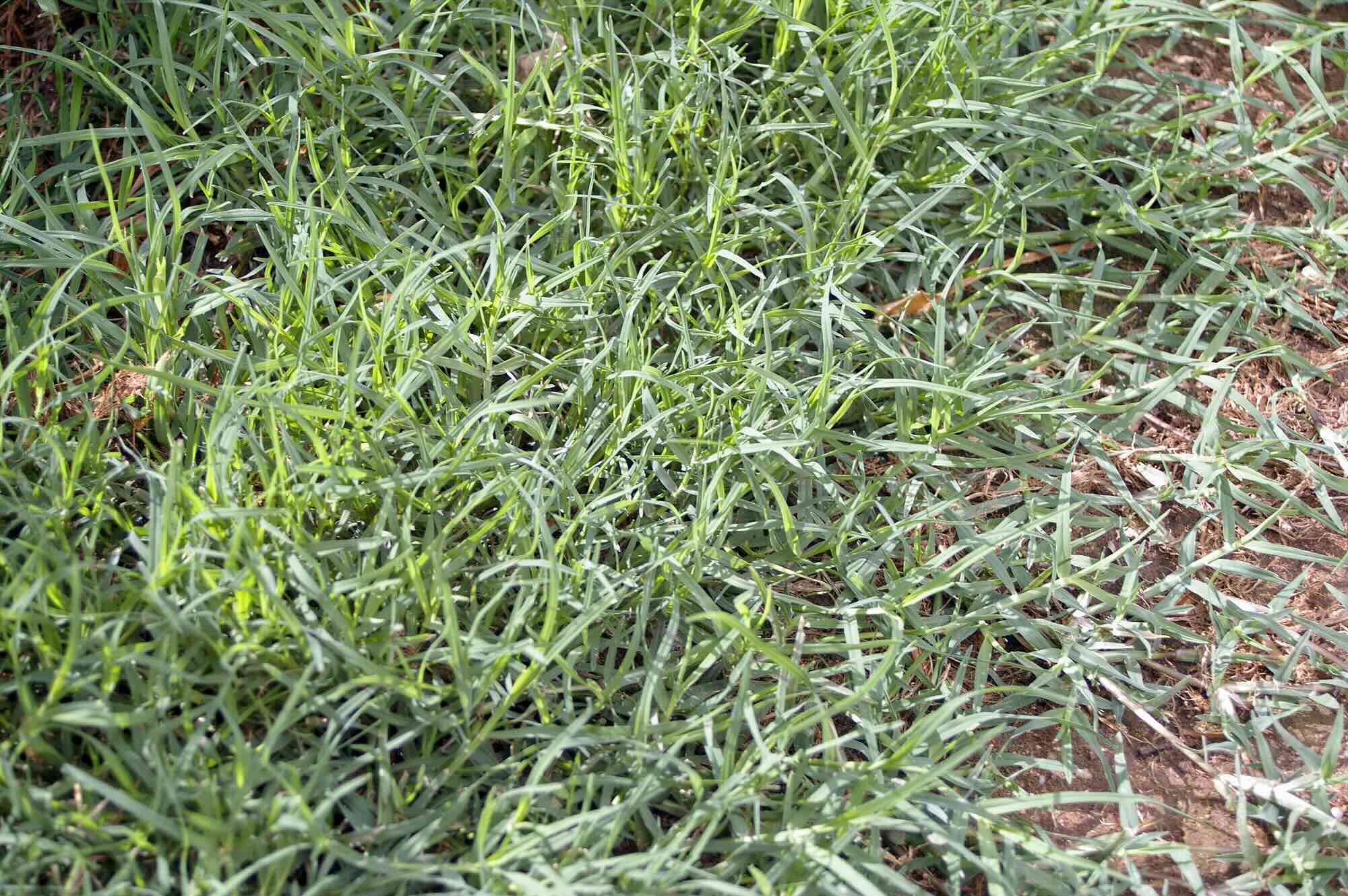
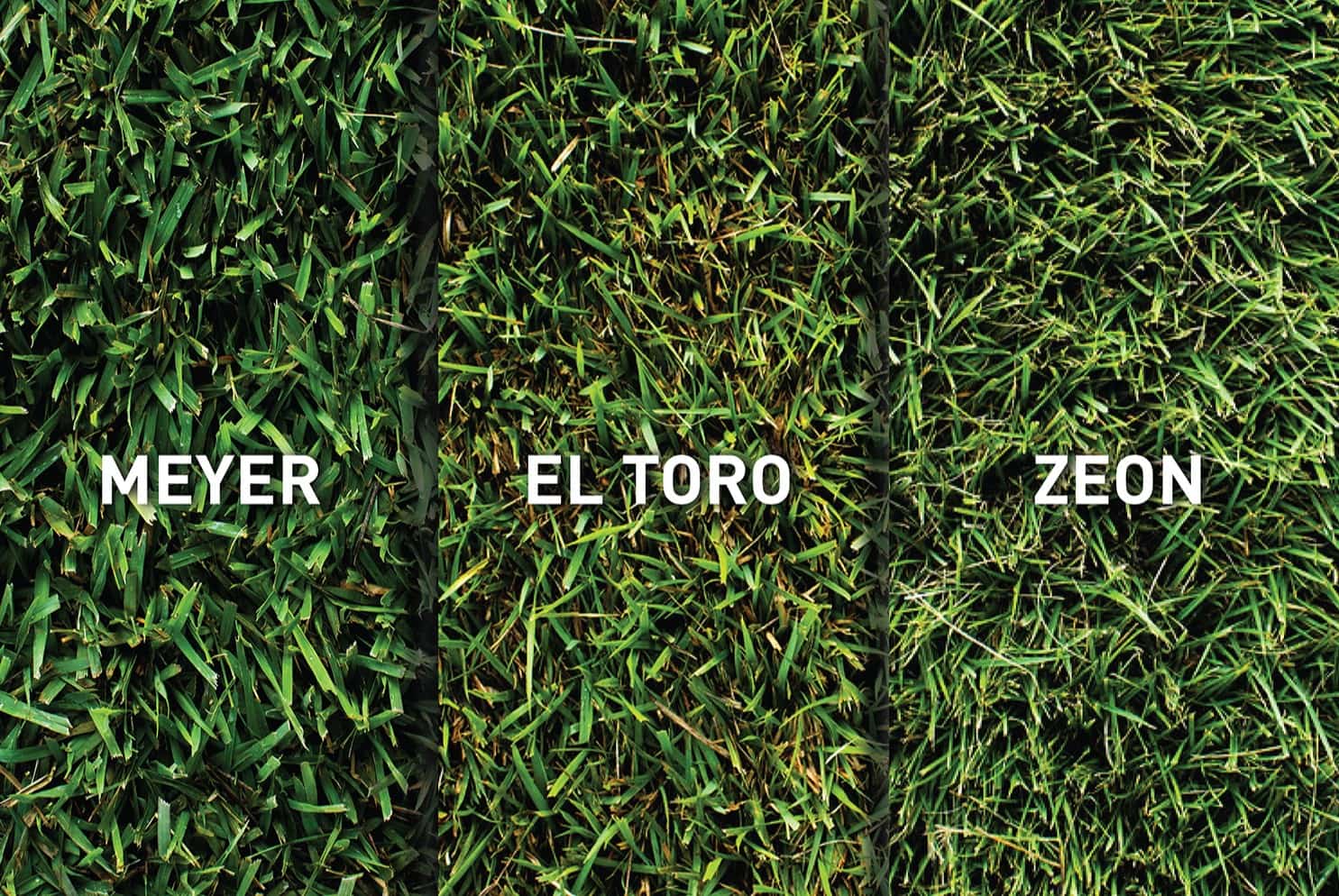
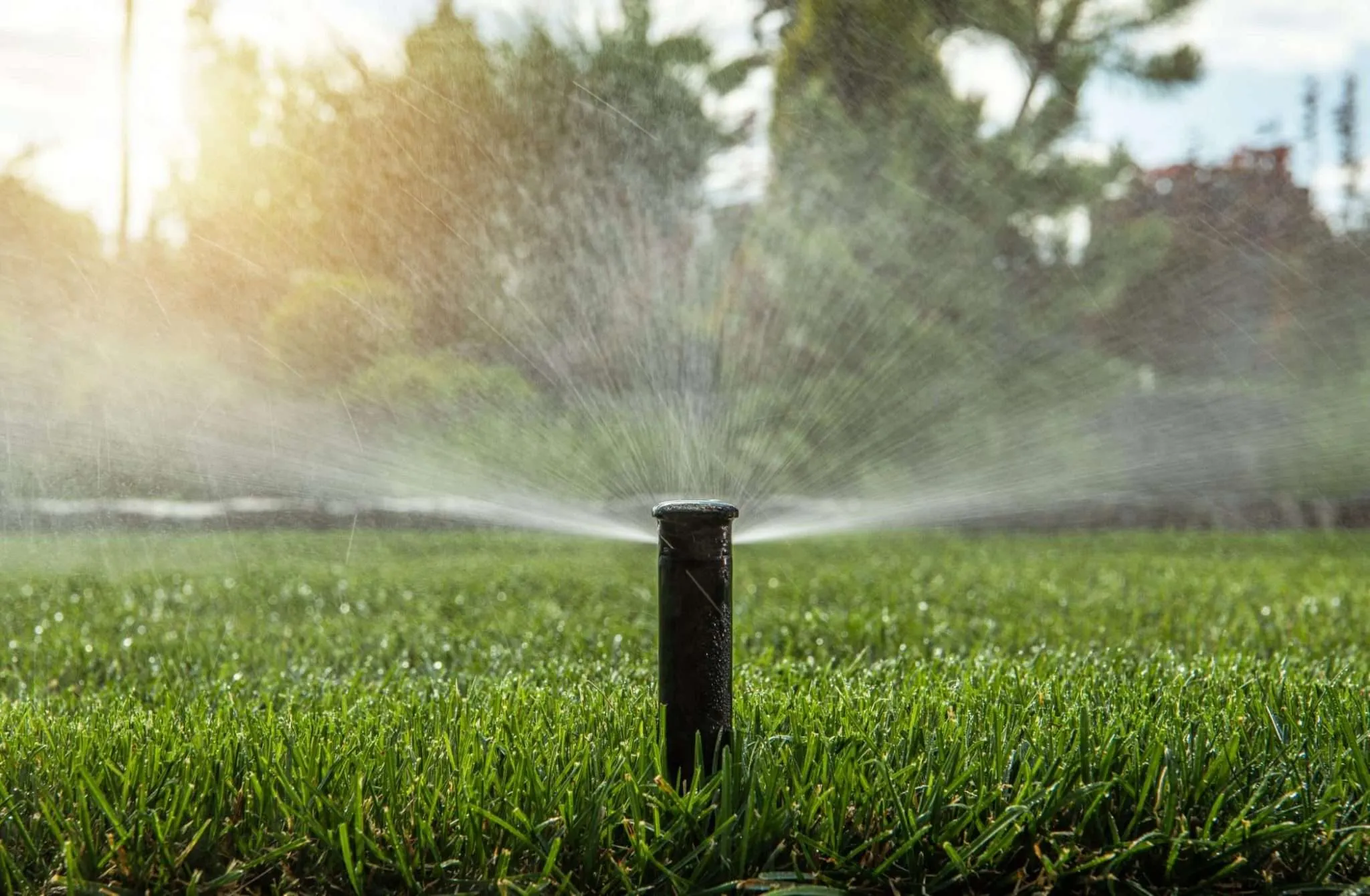
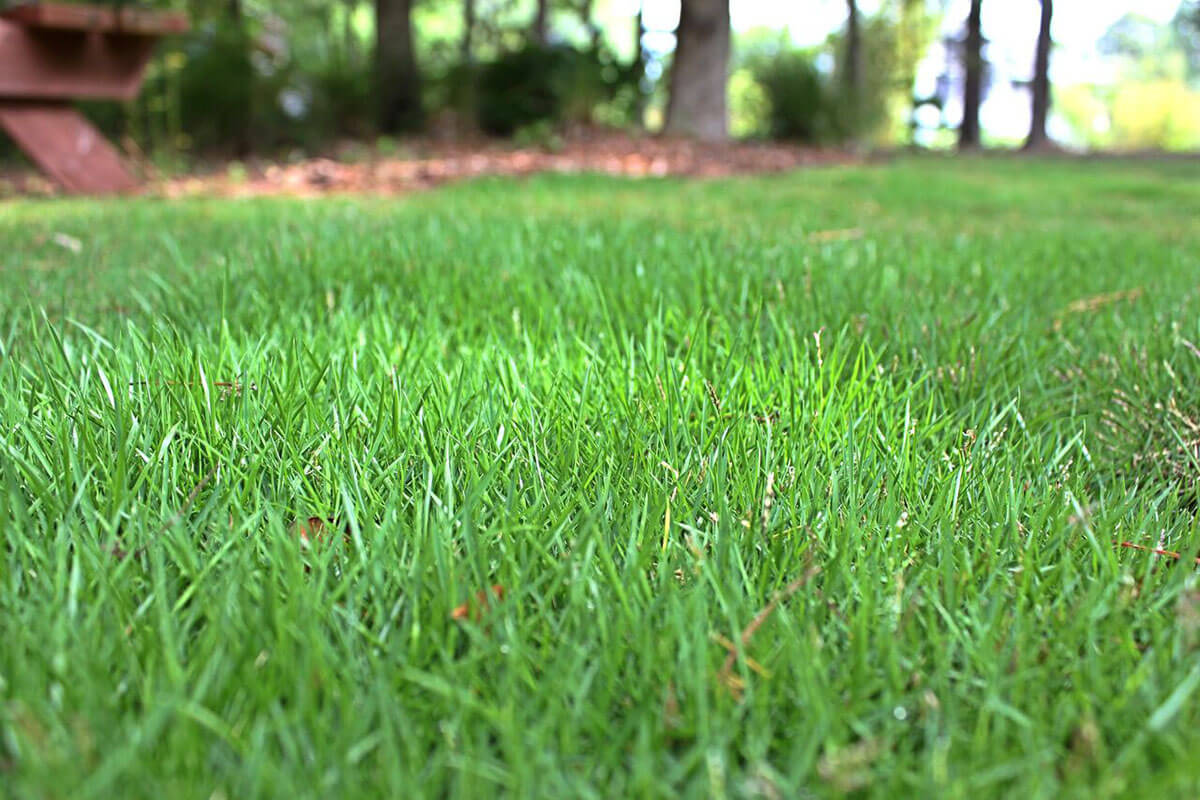
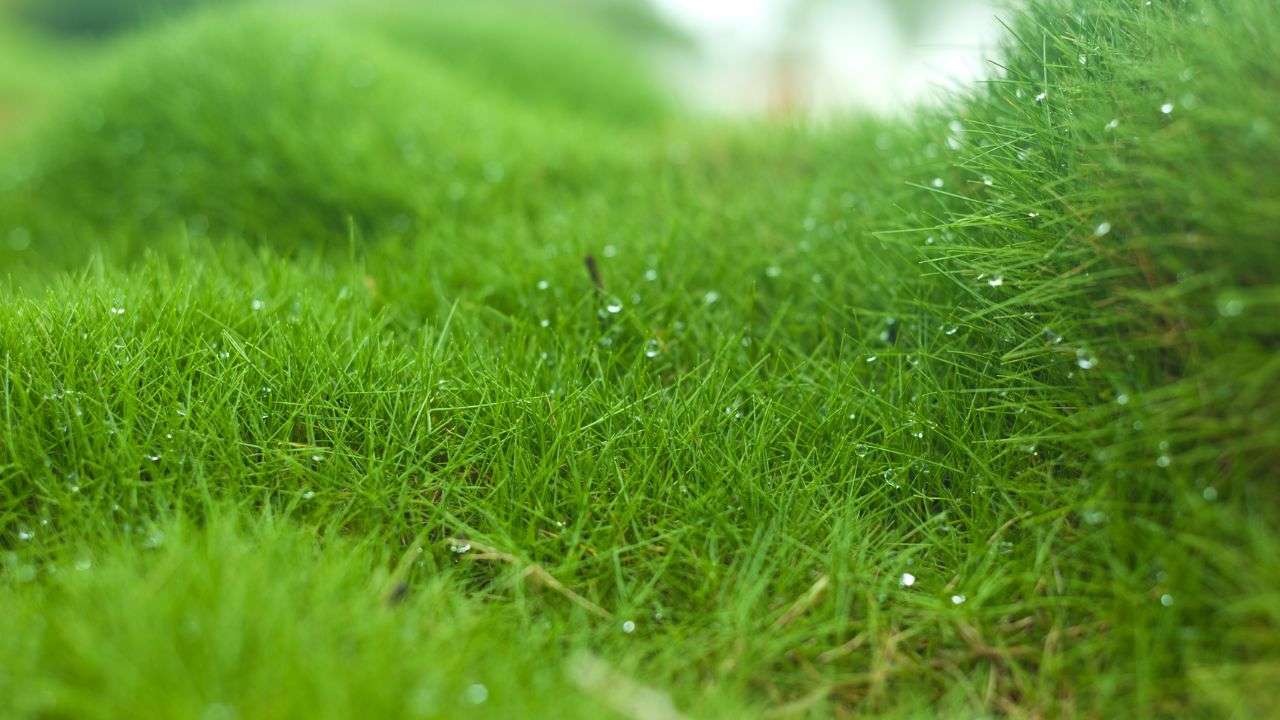
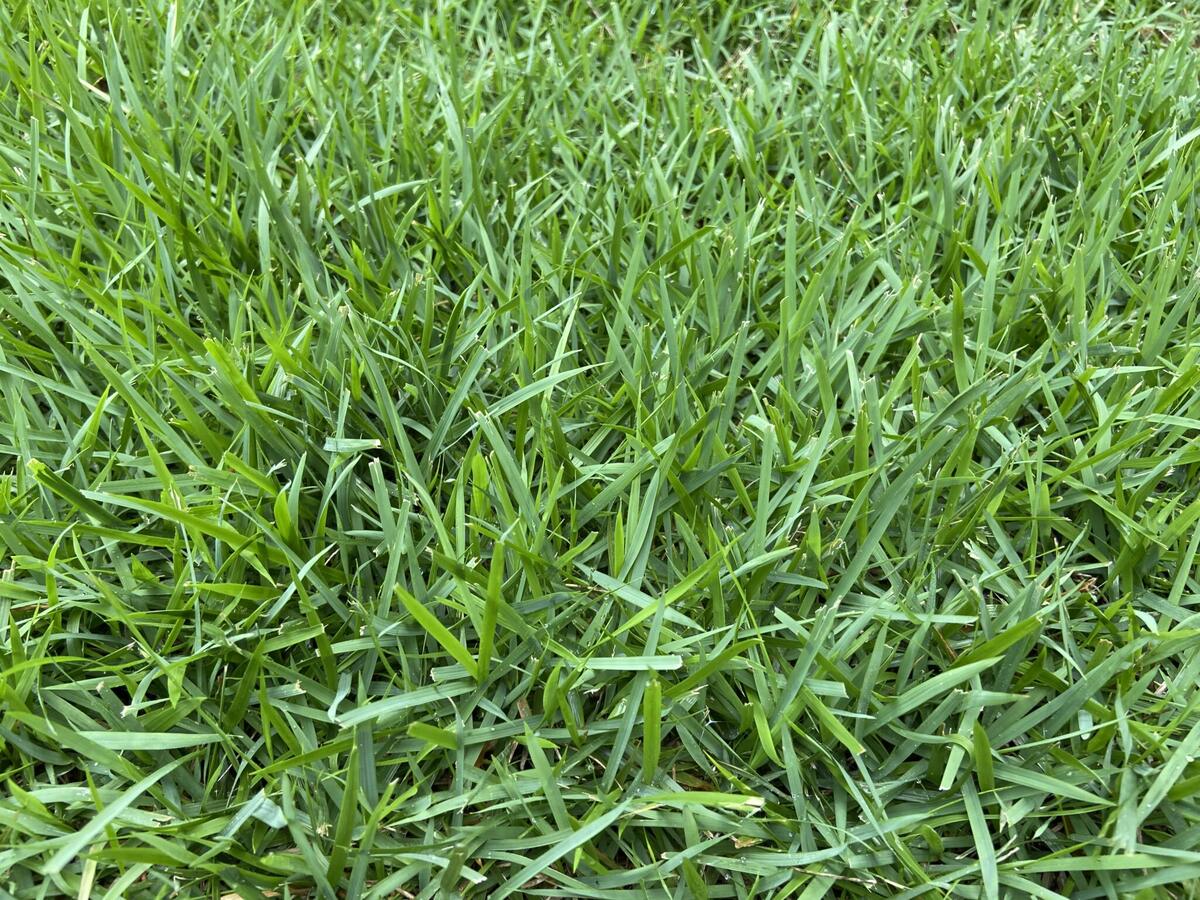
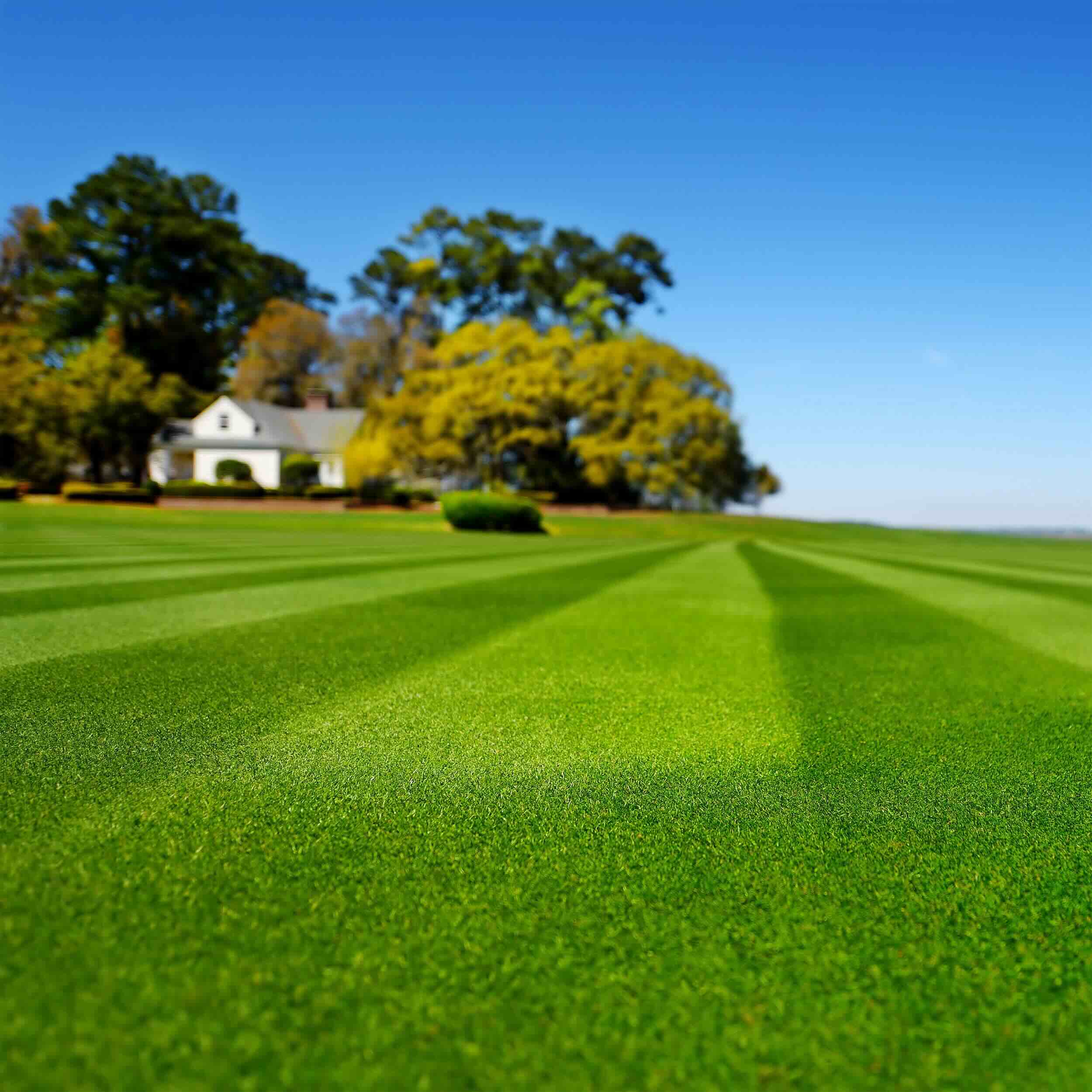
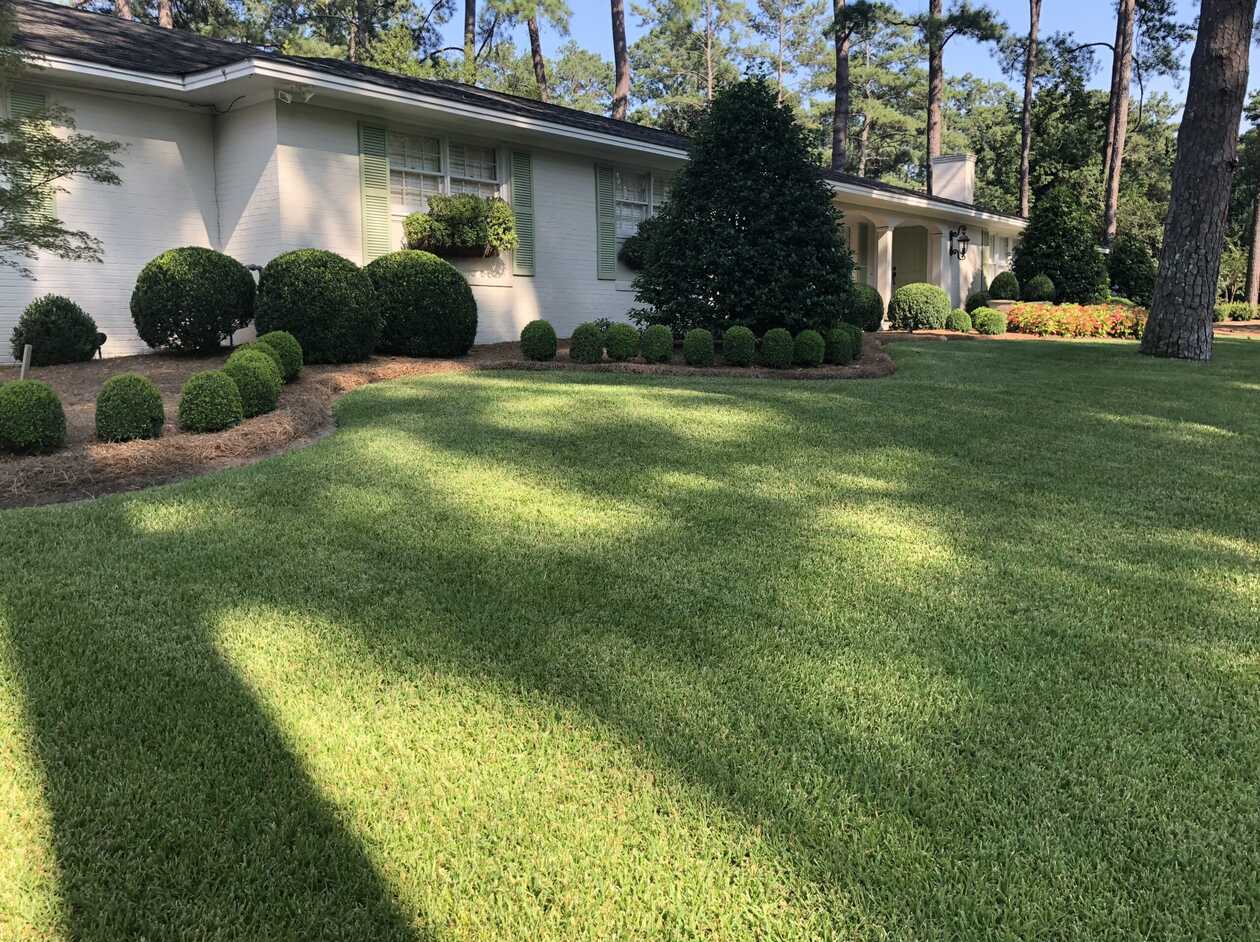

0 thoughts on “How To Care For Zoysia Grass In Georgia”